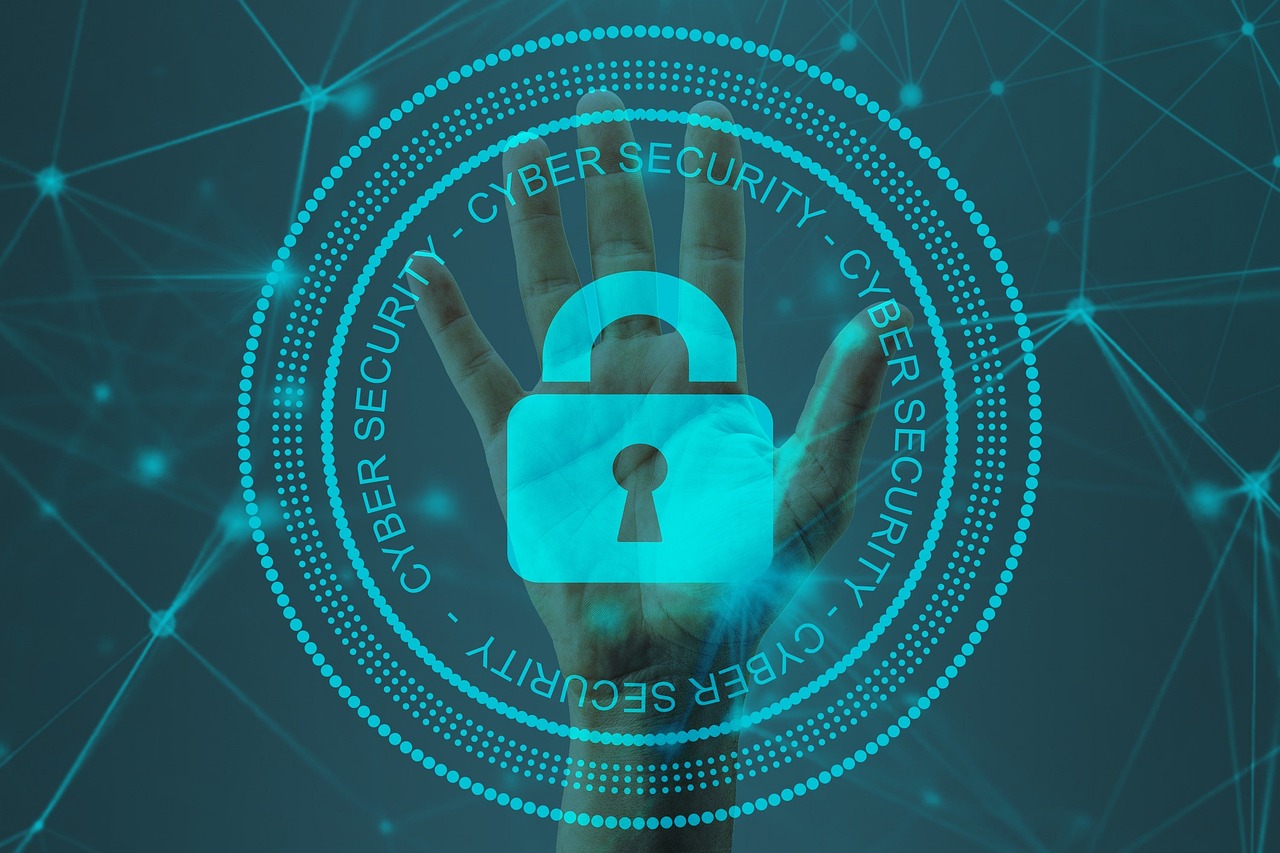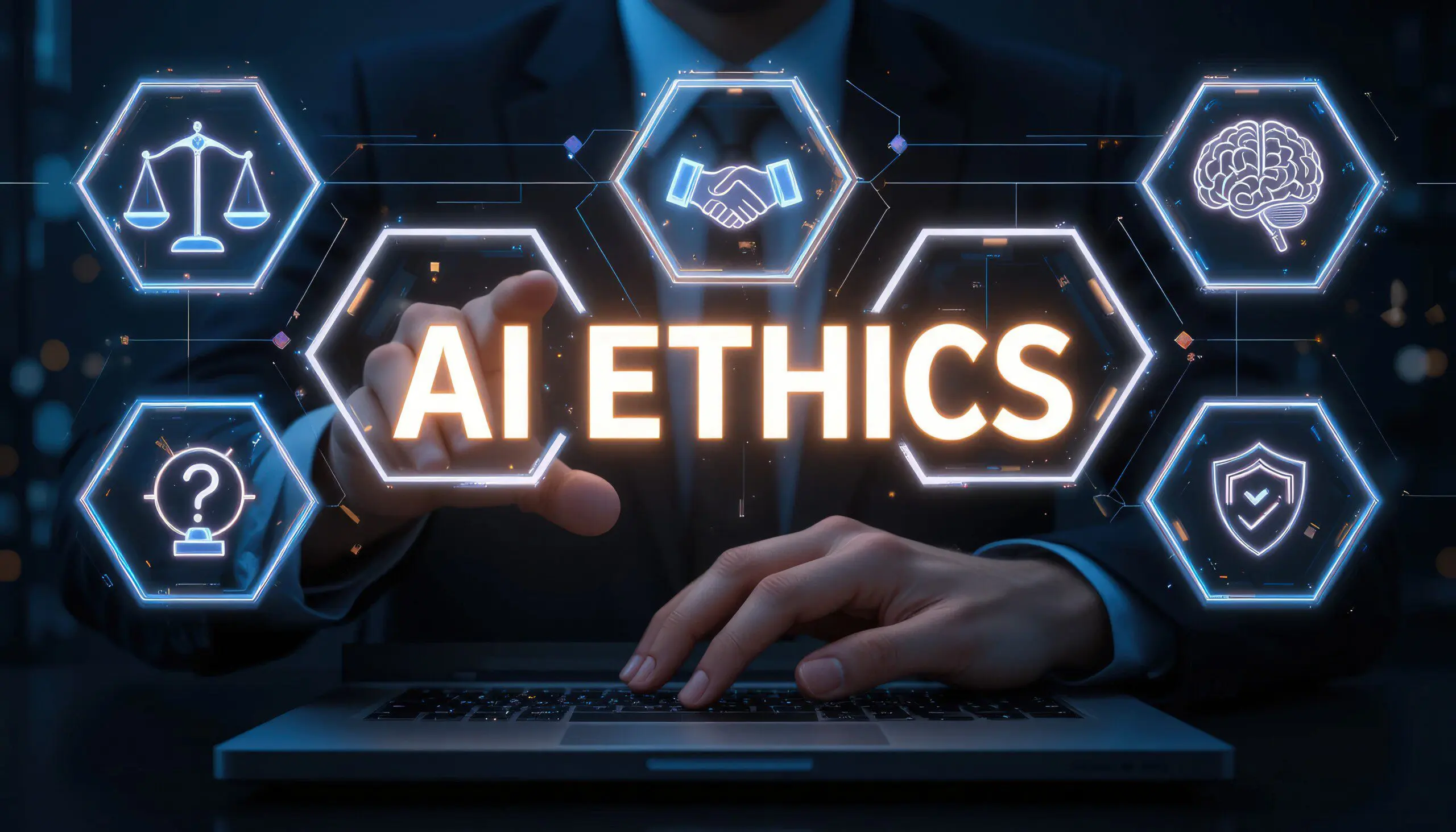Cybersecurity feels like a moving target. New attack methods appear, regulations shift, and defensive technologies evolve — all while businesses, government agencies, and individuals try to keep pace. This guide gives a clear, research-backed snapshot of the current state of cybersecurity in the United States (what’s happening, why it matters, and what you can do today). The tone is practical, empathetic, and aimed at helping readers take realistic, effective steps — whether you run a small business, lead an IT team, or simply want to protect your family’s devices.
At-a-glance: the big picture (short summary)
- Cyber incidents and losses in the U.S. remain high: law-enforcement and industry reports show large volumes of complaints and rising total losses year-over-year. Federal Bureau of Investigation+1
- Ransomware and human-targeted attacks (phishing, credential theft) are still the dominant threats to organizations. Defensive speed — detecting and remediating attacks quickly — is a critical differentiator. Verizon+1
- The economic cost of breaches has grown; average breach costs reached multi-million-dollar levels in recent global reports, with U.S. organizations often paying above the global average. IBM
- Talent shortages and the pace of emerging technologies (notably AI) complicate defense efforts; universities and research centers are studying how AI both helps and sometimes creates new vulnerabilities. cams.mit.edu+1
Why this matters now
Cybersecurity affects national security, economic stability, healthcare delivery, and daily life. When critical infrastructure or hospitals are hit by ransomware, the effects are immediate and tangible. When employees’ credentials are phished, attackers use them to move across networks and steal data. For business owners and citizens, the result is disruption, cost, and loss of trust.
Key recent indicators:
- The FBI’s Internet Crime Complaint Center reported hundreds of thousands of complaints and billions of dollars in losses in its latest report. Federal Bureau of Investigation+1
- Industry reports document thousands of breaches globally, with ransomware continuing to target both public and private sectors. Verizon+1
What attacks are most common — and why they work
- Phishing & social engineering — attackers trick people into clicking links, opening attachments, or handing over credentials. Because humans are the “last mile,” social engineering remains highly effective. Verizon’s DBIR highlights the persistent role of the human element in breaches. Verizon
- Ransomware — operators encrypt or publish stolen data, demanding payment. Ransomware groups have become professionalized: affiliate models, double-extortion tactics, and leak sites make recovery complex. Multiple law-enforcement disruptions have slowed growth periodically, but the ecosystem is resilient. Director of National Intelligence+1
- Supply-chain and third-party compromise — attackers target vendors and service providers to reach multiple victims at scale. High-profile supply-chain breaches demonstrate how trust relationships can be weaponized.
- Exploited vulnerabilities — unpatched systems and misconfigurations remain a major avenue for attacks. Delays between patch release and remediation give attackers a window to exploit weaknesses. Verizon notes defenders often patch slowly, extending risk. Verizon
The economic reality: how much do breaches cost?
The financial toll is large and rising. Industry analyses consistently show average breach costs measured in millions of dollars, factoring direct remediation, lost business, legal fees, and reputation damage. IBM’s Cost of a Data Breach 2024 report put the global average around $4.88 million, noting the U.S often sees higher-than-average costs due to regulatory fines, legal exposure, and complex incident responses. IBM
Table — Typical cost drivers in a data breach
| Cost category | What it includes |
|---|---|
| Detection & response | Incident response team, forensic investigation, containment |
| Notification & legal | Regulatory fines, breach notifications, legal counsel |
| Business disruption | Lost revenue, operational downtime, supply-chain effects |
| Remediation & recovery | IT rebuilds, new security controls, patching |
| Reputation & customer loss | Marketing, PR, customer churn, brand repair |
The workforce gap — more defenders needed
Cybersecurity needs people. The ISC2 and other industry studies report significant gaps between available skilled professionals and open cybersecurity roles. That shortage raises the pressure on existing teams and can delay crucial defenses or incident responses. Building talent pipelines through training, apprenticeships, and university partnerships is a high-impact strategy many organizations are pursuing. ISC2
A practical hiring checklist for small/mid-sized orgs:
- Prioritize critical roles first (SOC analyst, incident responder, vulnerability manager).
- Consider contract or managed detection & response (MDR) services to augment staff.
- Invest in cross-training IT staff on security fundamentals.
- Use certifications (e.g., CompTIA Security+, CISSP) as one signal — but prioritize hands-on skills and simulated exercise performance.
The role of AI — defense and risk
AI is a double-edged sword. Research from major university centers, including MIT’s work on cybersecurity and AI, shows that machine learning tools can enhance detection, speed triage, and automate repetitive defensive tasks — but they also introduce new attack surfaces (e.g., prompt injection, automated vulnerability discovery). MIT’s research emphasizes the need to govern AI use carefully and invest in robust evaluation and human oversight. cams.mit.edu
Practical AI guidance:
- Use AI to accelerate routine tasks (log triage, anomaly detection) but keep humans in the loop for high-stakes decisions.
- Treat AI models as assets: patch, monitor, and test them for adversarial weaknesses.
- Apply strong data governance to training sets to avoid injecting bias or exposing sensitive data.
Where government stands: programs, guidance, and limitations
Federal agencies provide frameworks, warnings, and incident channels. CISA (Cybersecurity and Infrastructure Security Agency) publishes Cybersecurity Performance Goals (CPGs) and other guidance to help organizations prioritize critical controls. Adoption reports show progress but also gaps in implementation across critical infrastructure sectors. CISA+1
Law-enforcement and intelligence analyses (e.g., FBI IC3, CTIIC) highlight trends and coordinate responses, but the scale of attacks and legal/political constraints sometimes limit speed or breadth of interventions. The public-private partnership model (information sharing, joint advisories) is essential — and fragile — requiring trust and legal clarity to function effectively. Federal Bureau of Investigation+1
Practical, prioritized defenses every organization should adopt (starter listicle)
These are high-impact, practical controls that small and medium organizations can implement without huge budgets.
- Multi-factor authentication (MFA) — require MFA for all remote access and privileged accounts.
- Strong password hygiene + central management — use password managers and enforce passphrases/length.
- Patch management — prioritize known exploited vulnerabilities and critical patches; measure patch lead time.
- Backups & tested recovery — offline or immutable backups, with periodic restore testing.
- Endpoint detection & response (EDR) — deploy EDR agents to detect suspicious behavior early.
- Email security + phishing training — combine technical protections (DMARC/SPF/DKIM, attachment scanning) with realistic user training.
- Least privilege access — minimize permissions and monitor privileged account use.
- Incident response plan & tabletop exercises — have a plan, practice it quarterly or bi-annually.
- Vendor risk management — inventory vendors, require security baselines, and monitor third-party access.
- Insurance + legal readiness — evaluate cyber insurance, but ensure policies are clear about coverage limits and incident-response obligations.
CISA’s Cybersecurity Performance Goals can help organizations map these controls to priorities and compliance needs. CISA
Table — Quick comparison: small business vs. enterprise priorities
| Area | Small business focus (0–250 employees) | Enterprise focus (1000+ employees) |
|---|---|---|
| Budget | Cost-effective tools, managed services (MDR) | Dedicated SOC, advanced analytics, threat hunting |
| Staffing | Outsource to MSSP / MDR or hire cross-functional IT | Large specialized teams, SRE-Sec collaboration |
| Incident response | Simple playbooks, key contact lists, PR plan | Full IR teams, legal & regulatory coordination, business continuity |
| Vendor risk | Basic questionnaires, prioritized critical vendors | Continuous monitoring, SLAs, contractual security clauses |
| Compliance | Industry-specific basics (PCI, HIPAA where relevant) | Global/regulatory compliance (SOX, NIST CSF, GDPR-like data rules) |
Research highlights — what universities and institutes are finding
- AI & automation: MIT researchers emphasize that while AI dramatically improves detection and automation, it also creates autoregressive risks where attackers use AI to find and exploit vulnerabilities quickly. The answer: combine automated detection with rigorous governance and red-team testing of AI tools. cams.mit.edu
- Workforce & training: Academic and industry studies echo ISC2’s workforce findings — a structural shortage of cybersecurity talent, especially for mid-level incident responders and cloud-security experts. Universities recommend experiential learning (capstone projects, internships) to bridge the gap. ISC2
- Ransomware & policy: Government analyses show law-enforcement actions temporarily disrupt ransomware groups, but long-term mitigation requires coordinated international policies, improved information sharing, and incentives for better defenses at local-government levels. Director of National Intelligence
How to measure your cybersecurity posture — simple metrics to track
- Time to detect (TTD) — average hours/days from compromise to detection. Shorter is better.
- Time to contain (TTC) — time from detection to containment. Aim to minimize.
- Patch lead time — average days between vendor patch release and deployment.
- MFA coverage — percentage of accounts with enforced MFA.
- Backup restoration success rate — percentage of tested restores that succeed.
- Phishing click rate — percent of users who fall for simulated phishing tests. Track downward over time.
Verizon and IBM reports repeatedly show that faster detection and containment materially reduce breach costs and impact. Investing in visibility and monitoring pays off. Verizon+1
Real-world example: a minimal incident response playbook (actionable)
- Preparation: inventory assets, backups, IR contacts, legal counsel, insurers.
- Identification: alerts from EDR/SIEM, unusual network traffic, or user reports.
- Containment: isolate affected systems, revoke compromised credentials, block malicious IPs/URLs.
- Eradication: remove malware, close exploited services, apply patches.
- Recovery: restore from clean backups, monitor for re-infection, communicate to stakeholders.
- Post-incident: forensic analysis, regulatory notifications if required, update playbooks and training.
Running tabletop exercises before a real incident dramatically shortens response time and reduces confusion.
Cyber insurance: what it covers and what it doesn’t
Cyber insurance can help cover breach costs (incident response, notification, some liability), but policies vary widely. Underwriters often require specific controls (MFA, EDR, patching) as preconditions. Read policies carefully for sublimits (e.g., extortion payments) and obligations (e.g., use of approved vendors). Insurance is a complement — not a substitute — for prevention and recovery planning.
Quick listicle: 9 immediate actions for business leaders (do these in 90 days)
- Enforce MFA across all accounts (especially admin and remote-access).
- Implement a password manager for company-wide use.
- Ensure daily backups and verify one restore each month.
- Patch critical systems within 7 days; maintain a prioritized patch list.
- Deploy or subscribe to EDR/MDR services for endpoint visibility.
- Train staff with quarterly phishing simulations and immediate feedback.
- Map critical assets and third-party access; reduce unnecessary vendor privileges.
- Build a short incident response playbook and run a tabletop exercise.
- Review cyber insurance requirements and confirm your controls meet underwriting standards.
FAQs — the questions people search for
Q: Is cybercrime getting worse in the U.S.?
A: Overall reports indicate continued high volumes of cyber incidents and significant financial losses. Some measures (like law-enforcement disruptions) can temporarily slow growth in certain attack types, but the underlying risk drivers—vulnerable software, human-targeted attacks, and well-resourced threat actors—persist. Recent FBI and industry reports document large complaint volumes and continued ransomware activity. Federal Bureau of Investigation+1
Q: How much should a small business spend on cybersecurity?
A: There’s no one-size-fits-all number. Prioritize cost-effective, high-impact controls: MFA, backups, patching, endpoint visibility, and basic staff training. Many small businesses find managed security services (MDR/MSSP) offer a good ROI compared to hiring a full in-house team.
Q: Can AI protect us from cyberattacks?
A: AI can improve detection and automation, but it’s not a silver bullet. AI systems must be properly governed, monitored, and tested for adversarial behavior. University research shows AI helps but also introduces new risks if misused. cams.mit.edu
Q: What should I do if I’m hit by ransomware?
A: Isolate affected systems immediately (disconnect networks if needed), engage incident response specialists, preserve logs for forensic work, and notify legal counsel and insurers. Do not hastily pay ransom without professional guidance — pay/no-pay decisions should be made with full situational awareness. Backups and tested restoration plans are your best defense.
Q: Where can I get help or training?
A: Look for local Small Business Development Centers, CISA resources, university extension programs, and industry certifications. Many agencies publish free guidance and checklists for small organizations. CISA+1
Helpful links & authoritative sources (to keep bookmarked)
- CISA — Cybersecurity Performance Goals & adoption guidance. CISA+1
- FBI IC3 — Internet Crime Report (annual). Federal Bureau of Investigation+1
- Verizon DBIR — Data Breach Investigations Report (detailed patterns & stats). Verizon
- IBM — Cost of a Data Breach report (financial impact analysis). IBM
- MIT CAMS / research on AI and cybersecurity. cams.mit.edu+1



